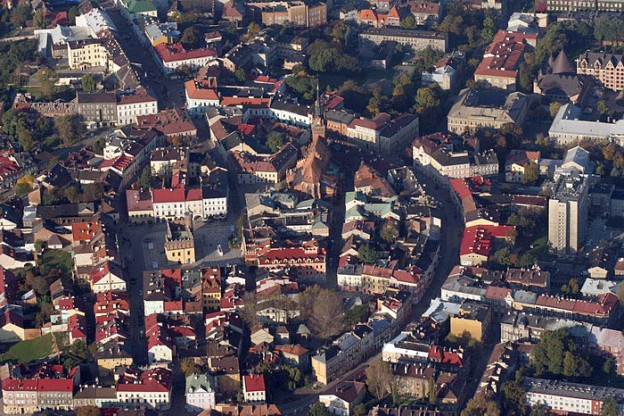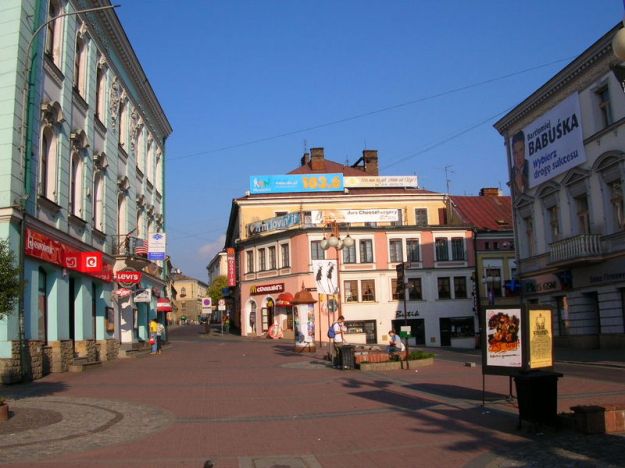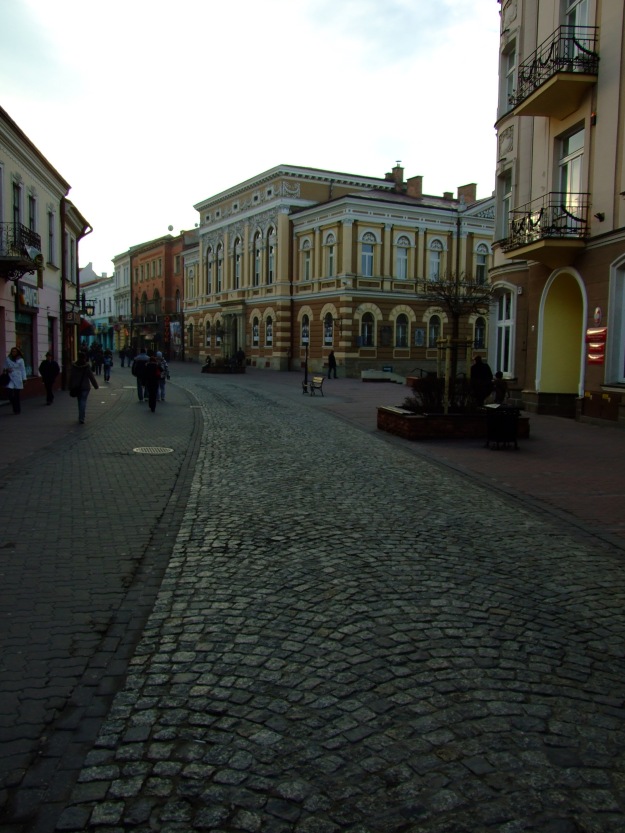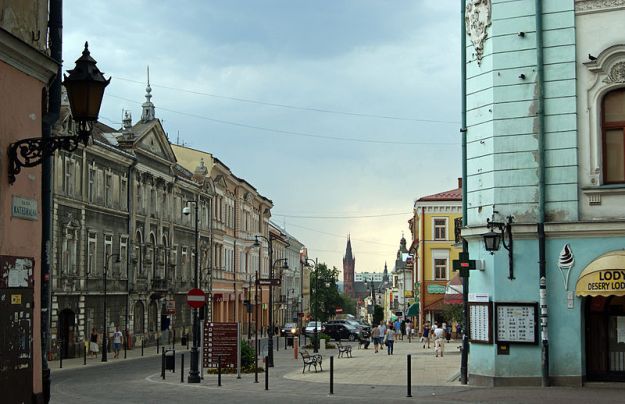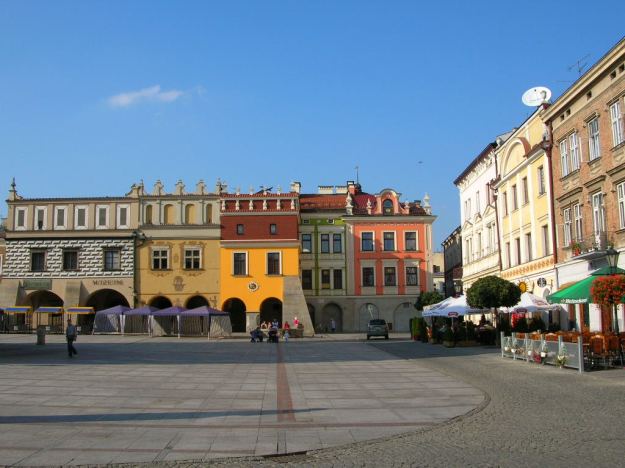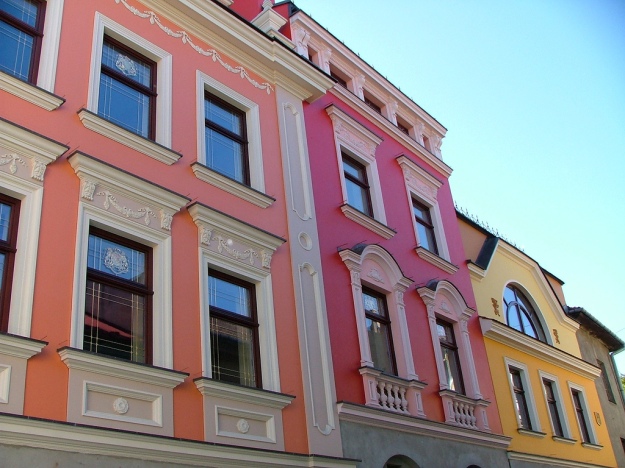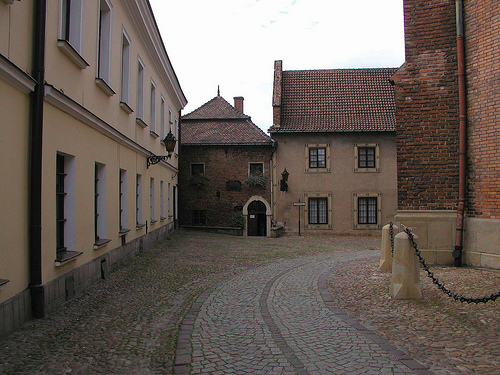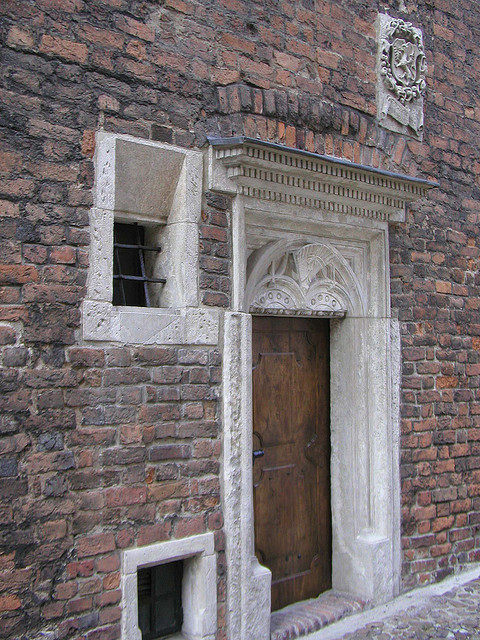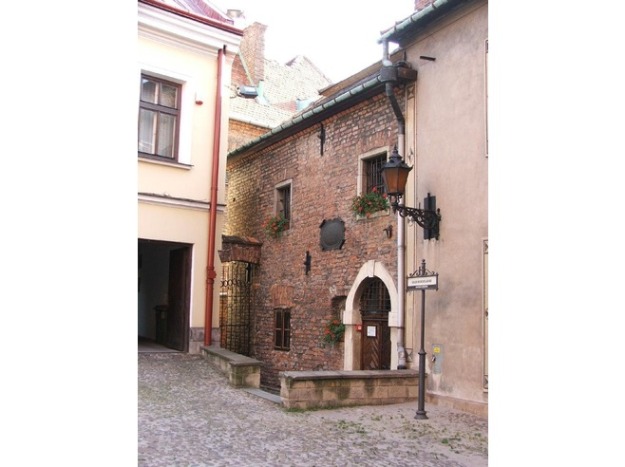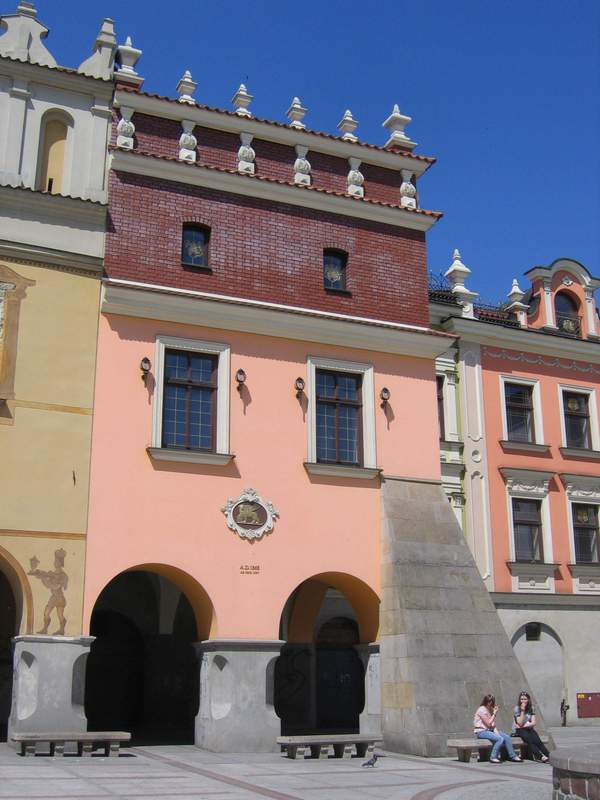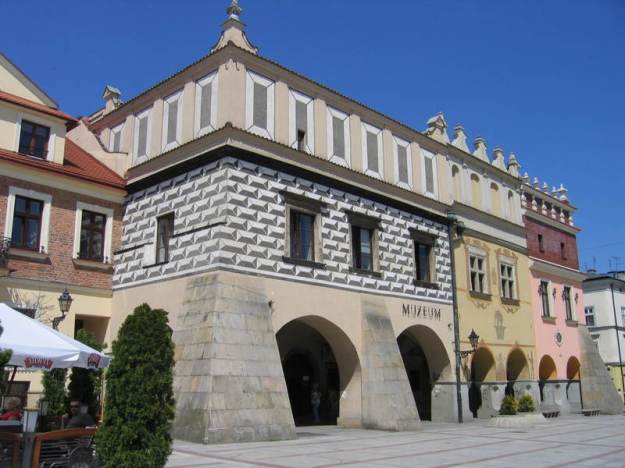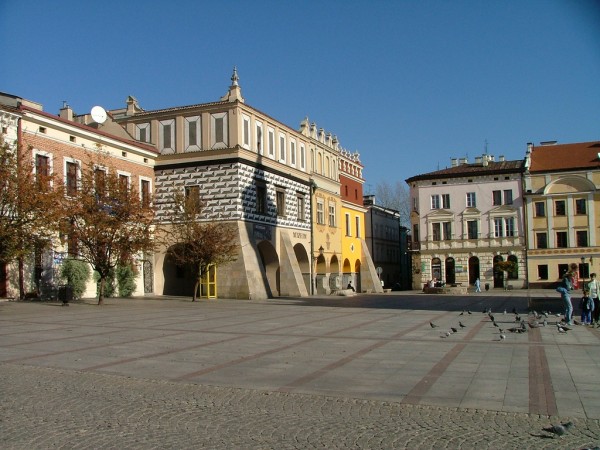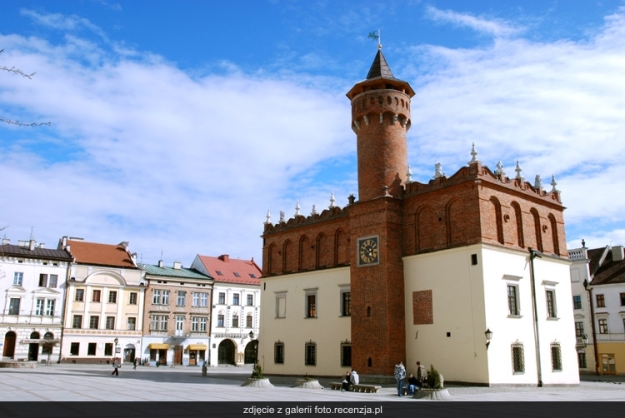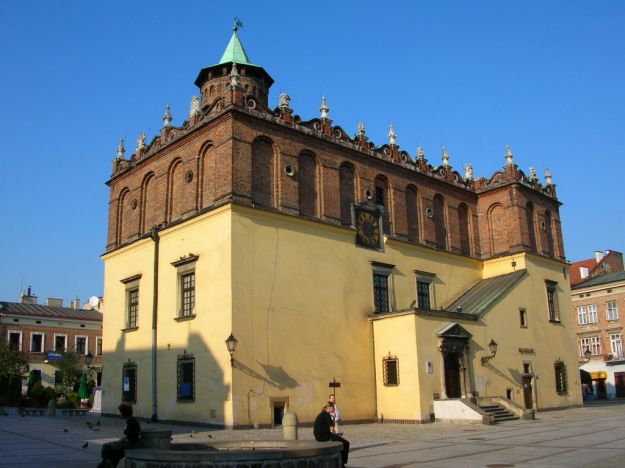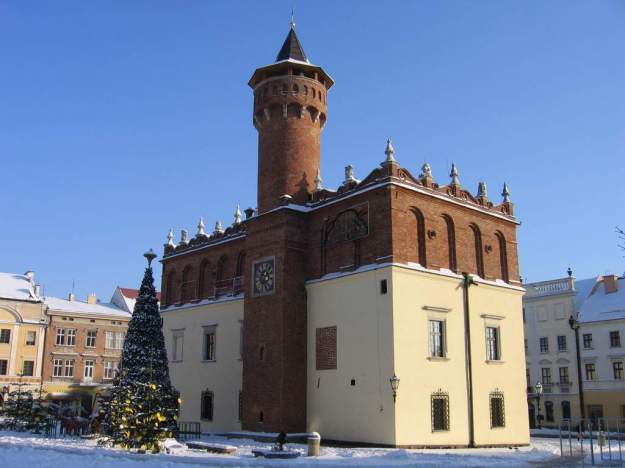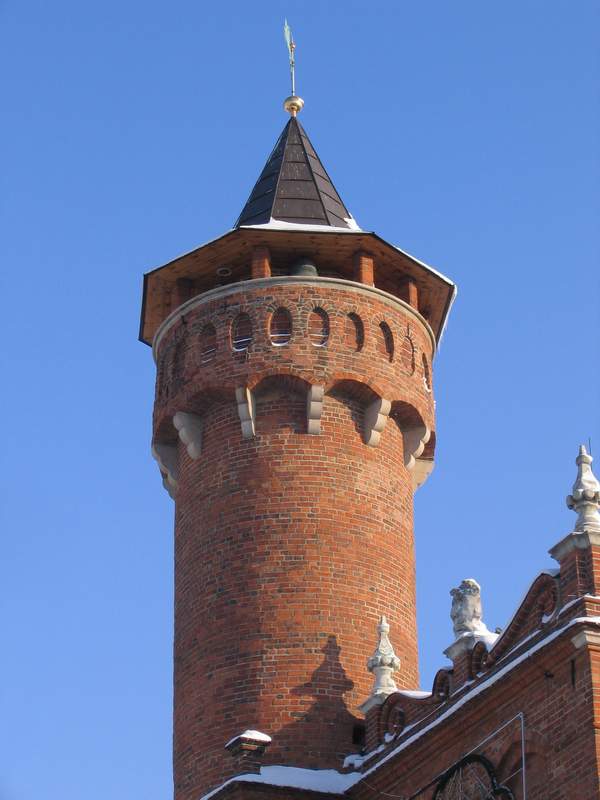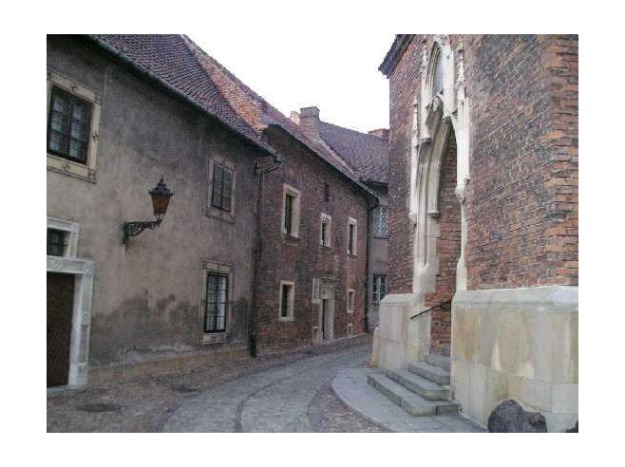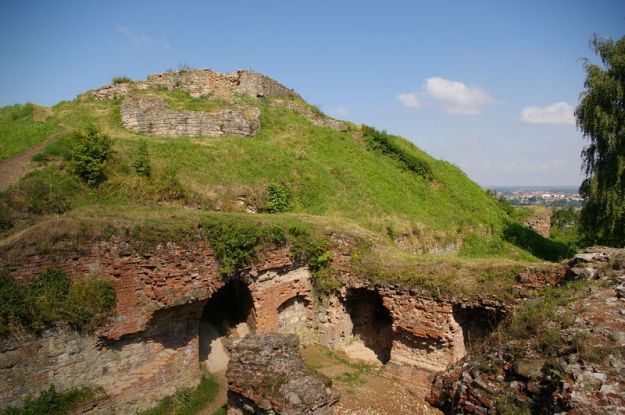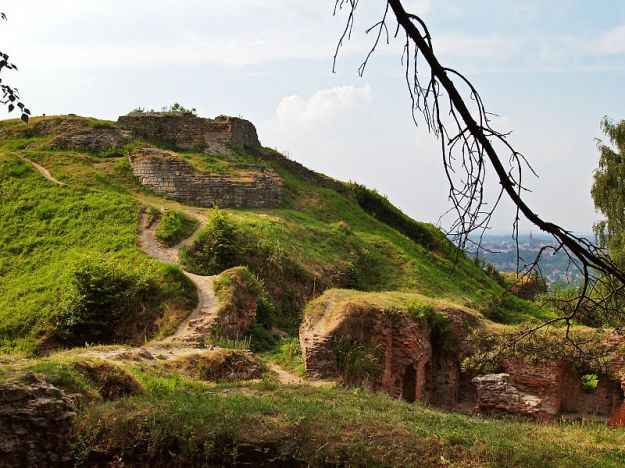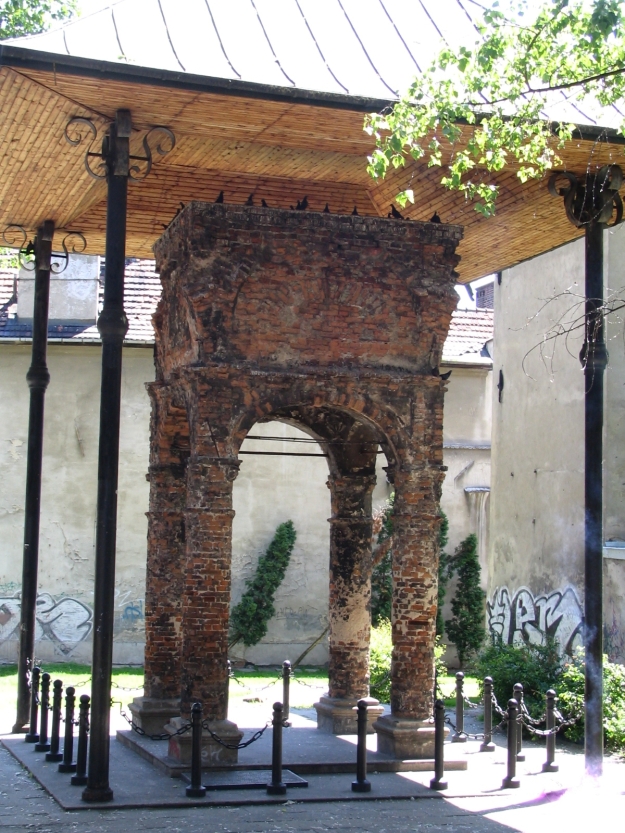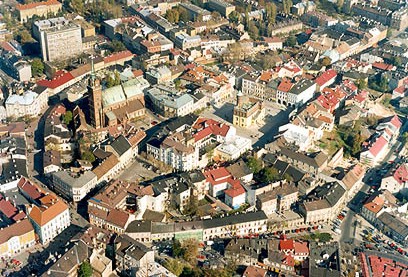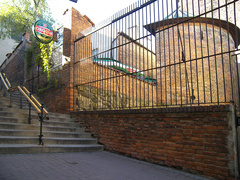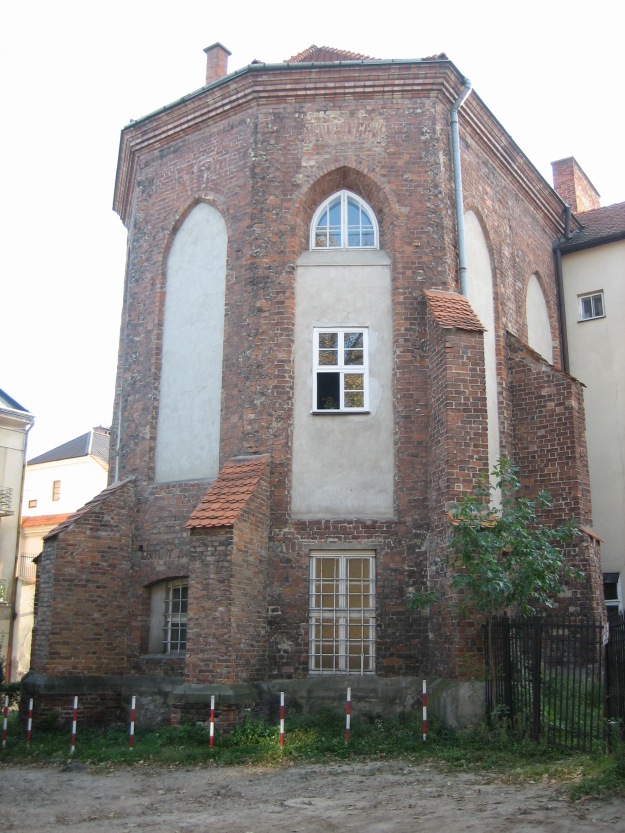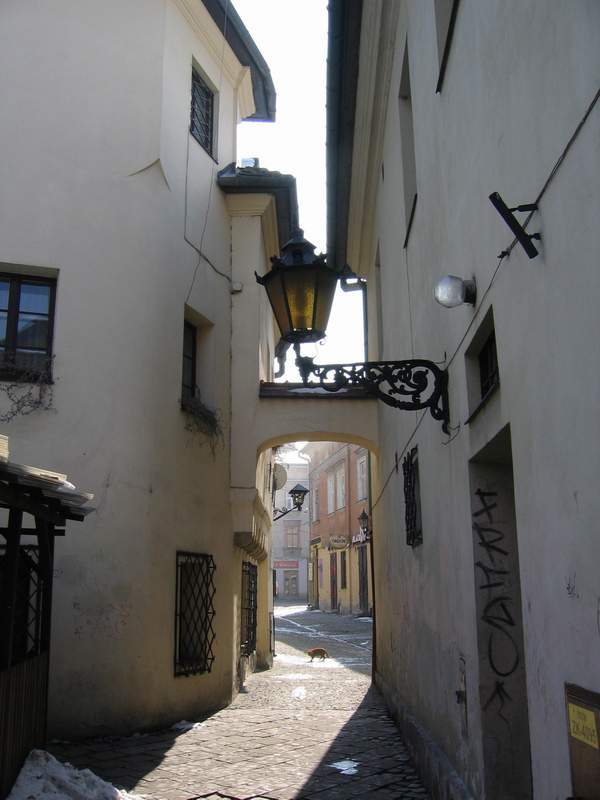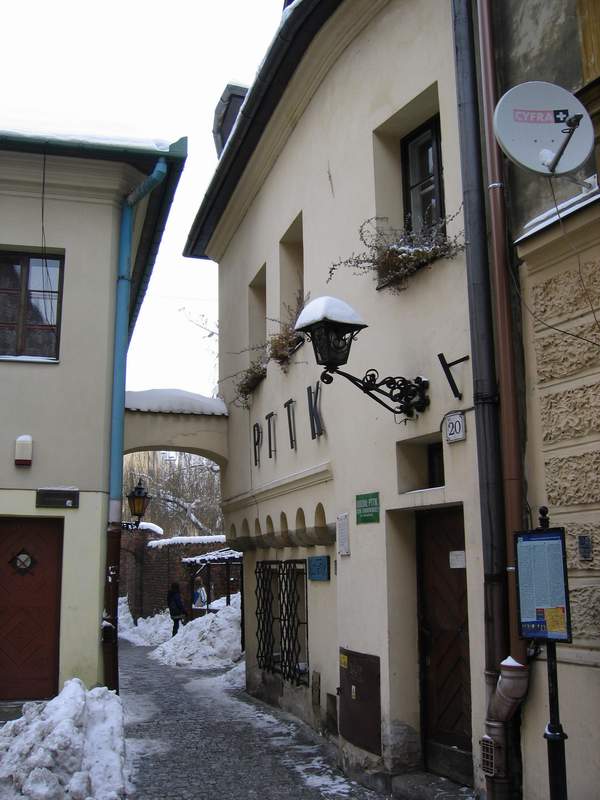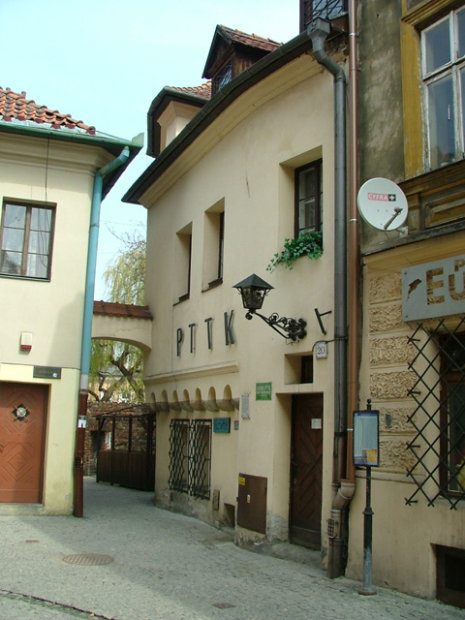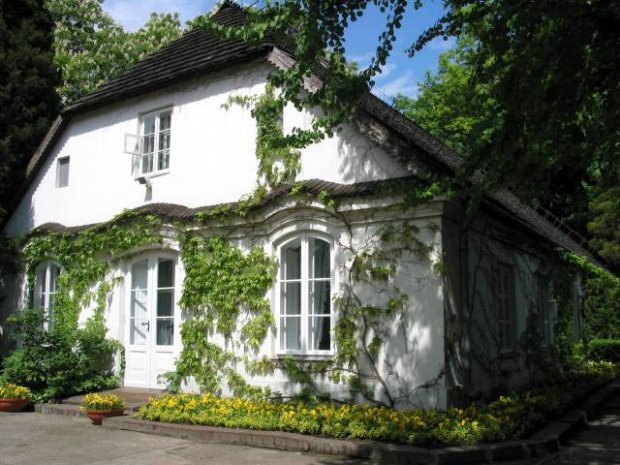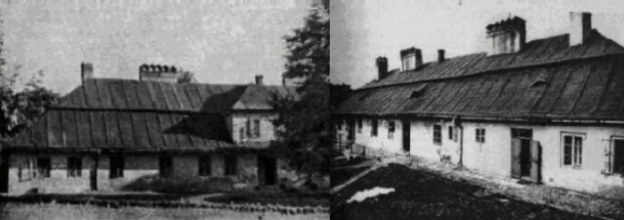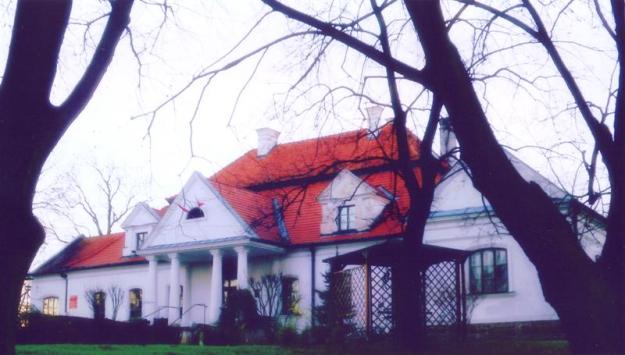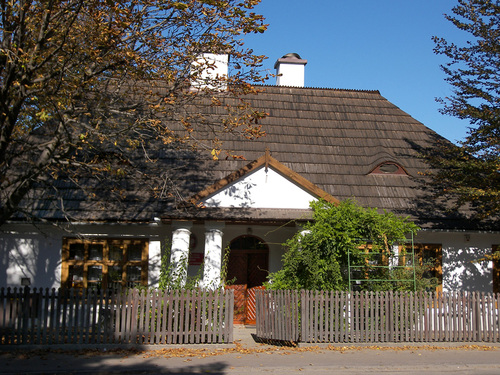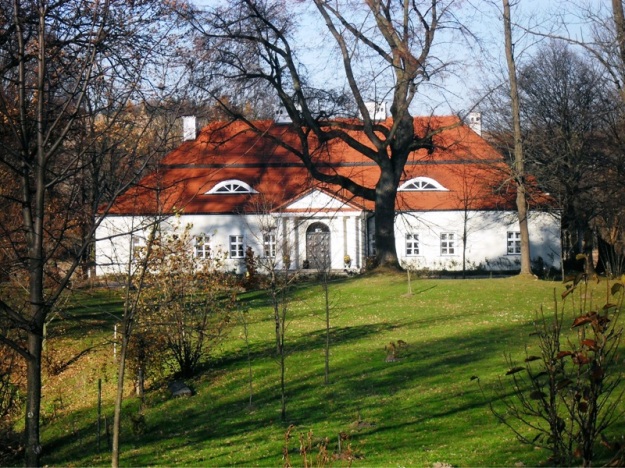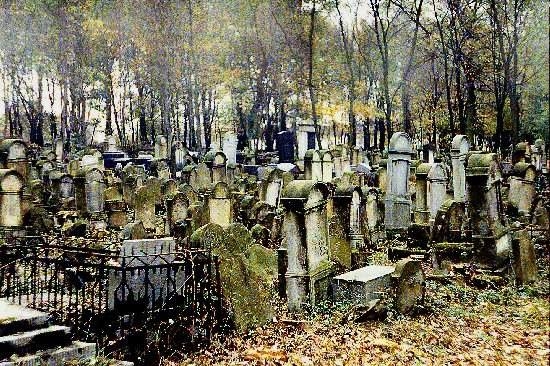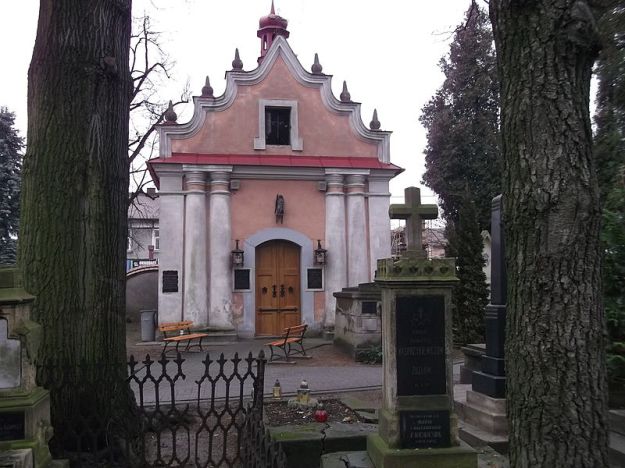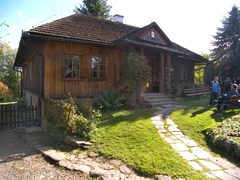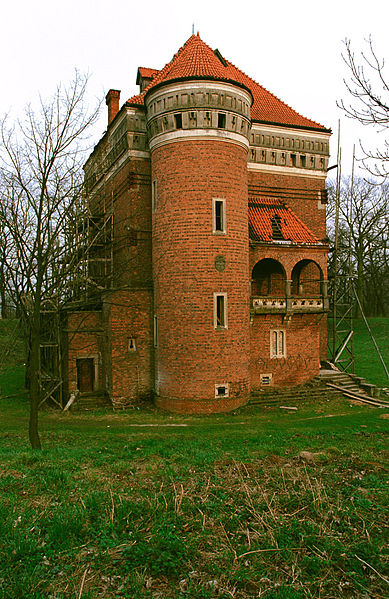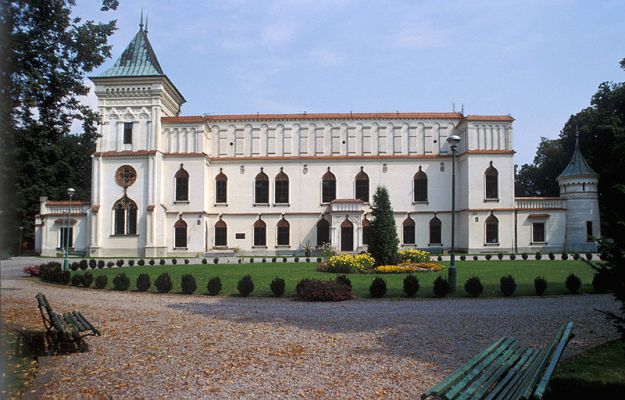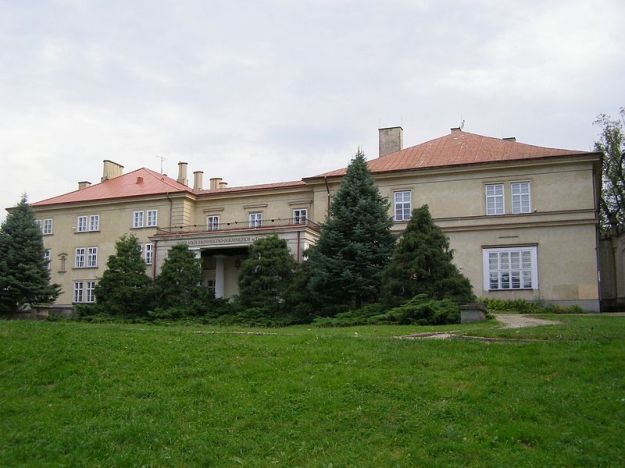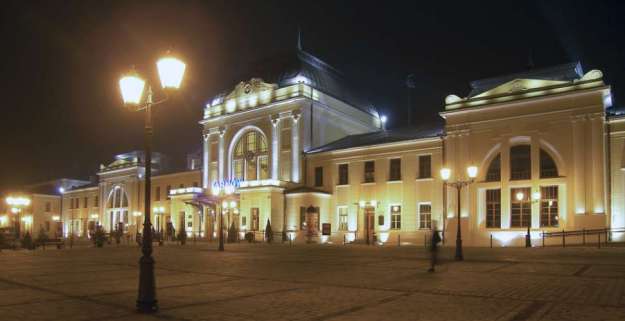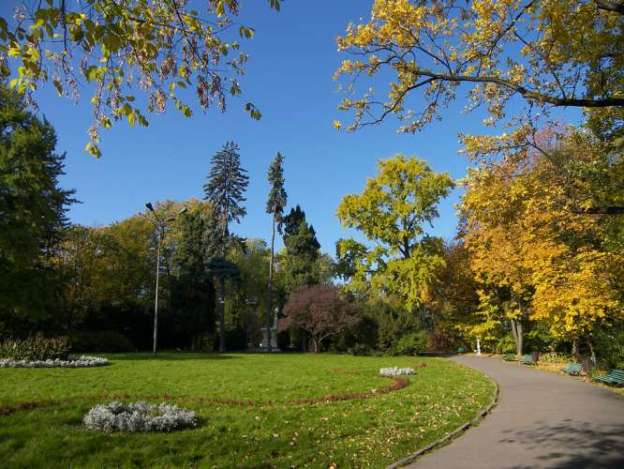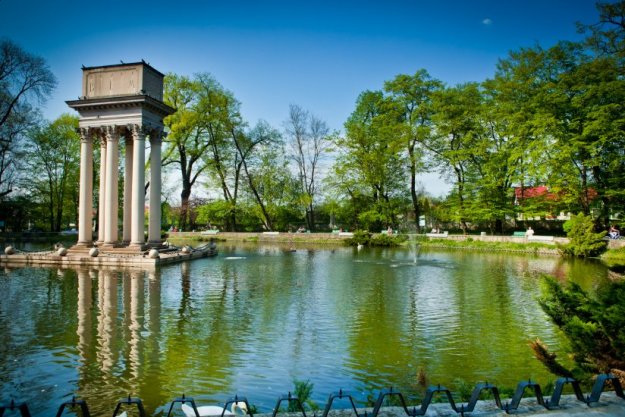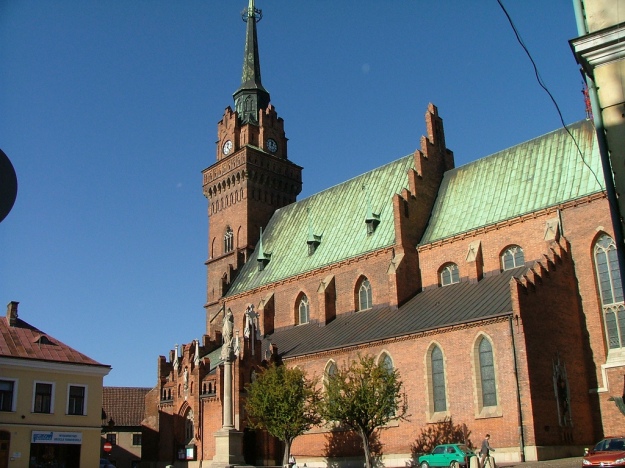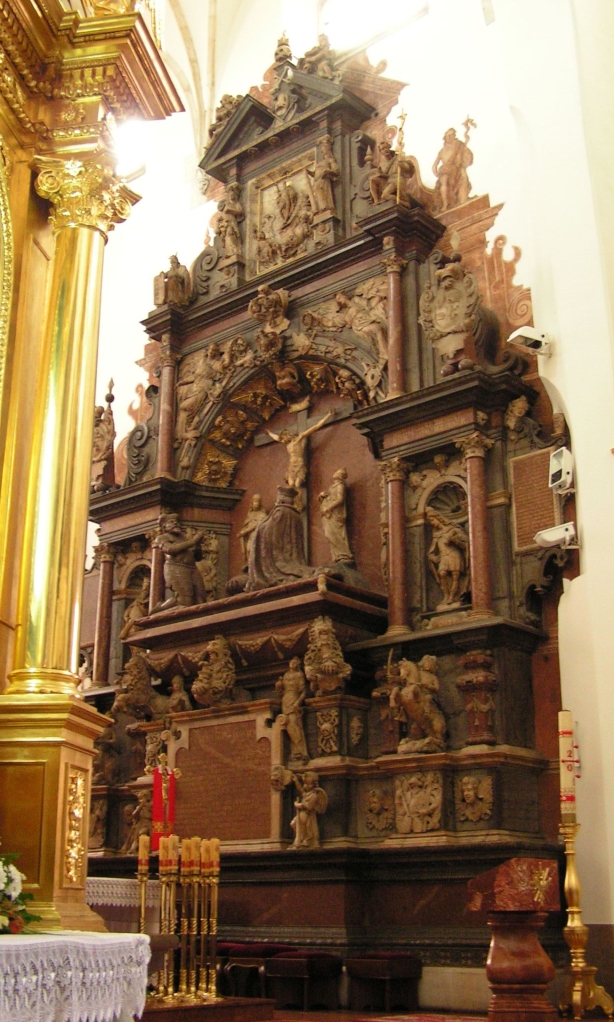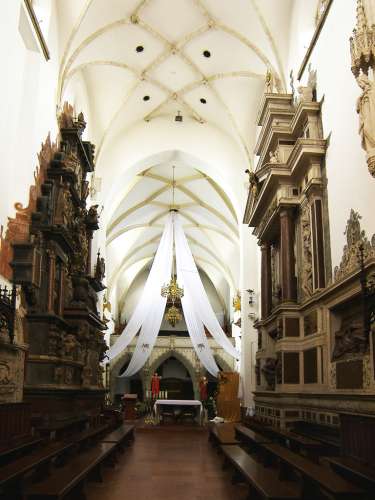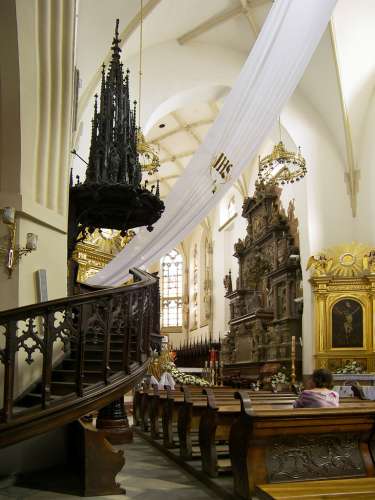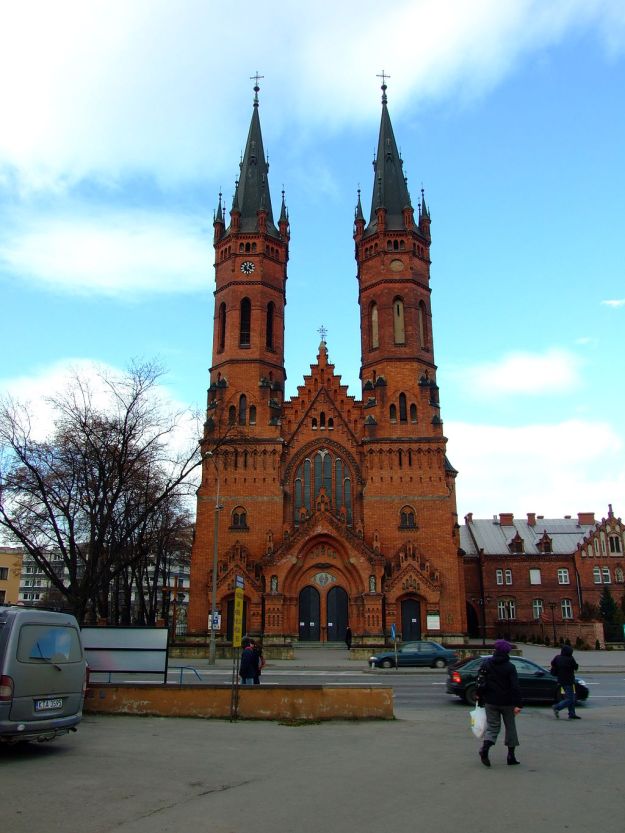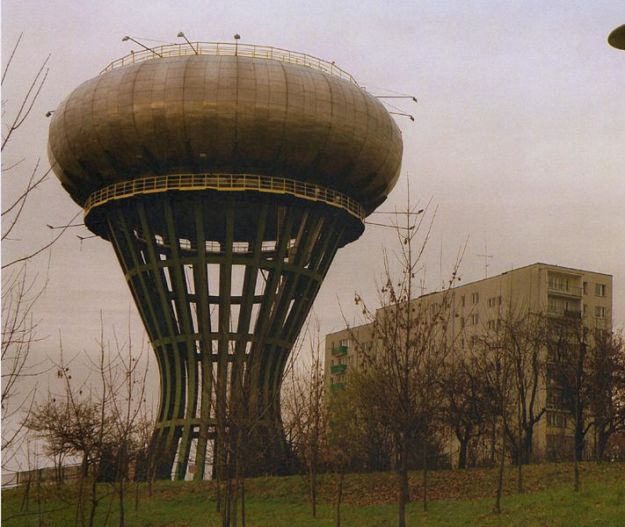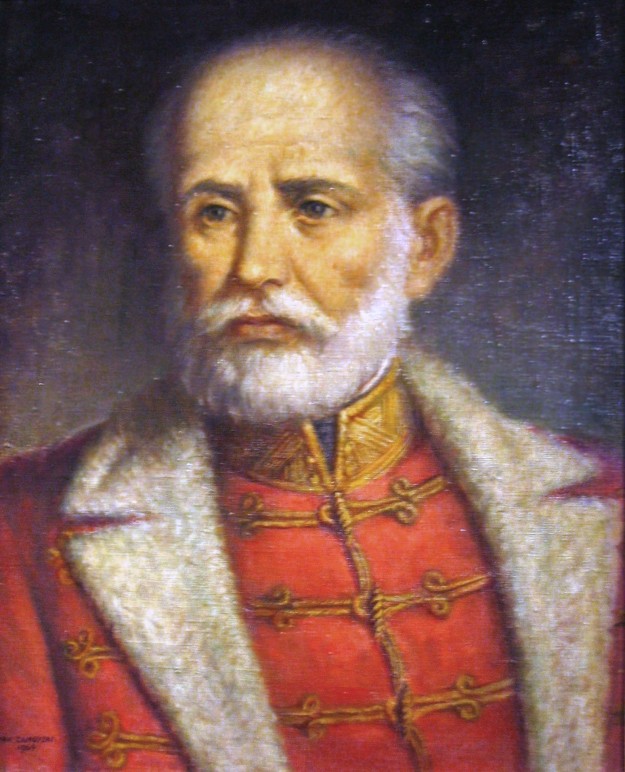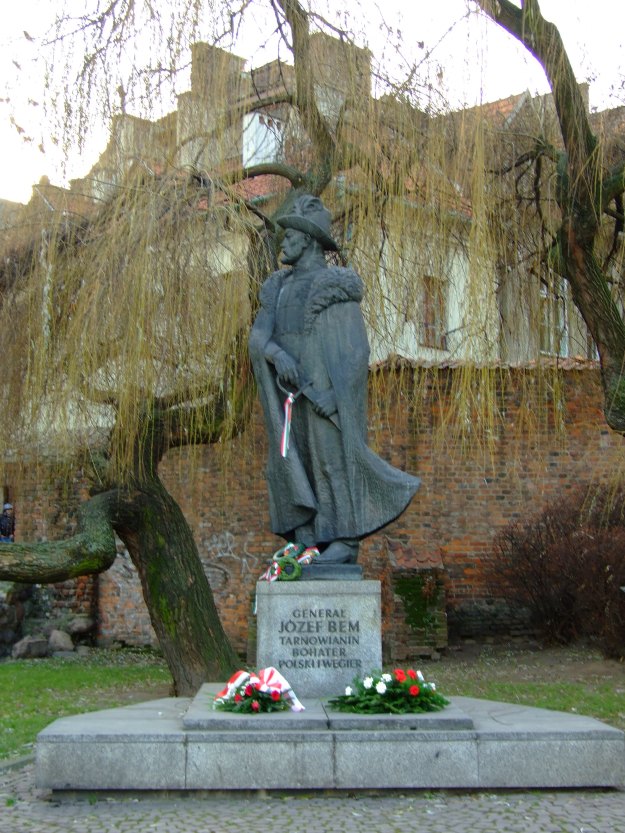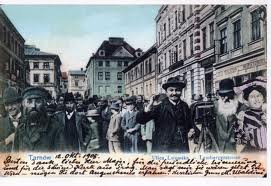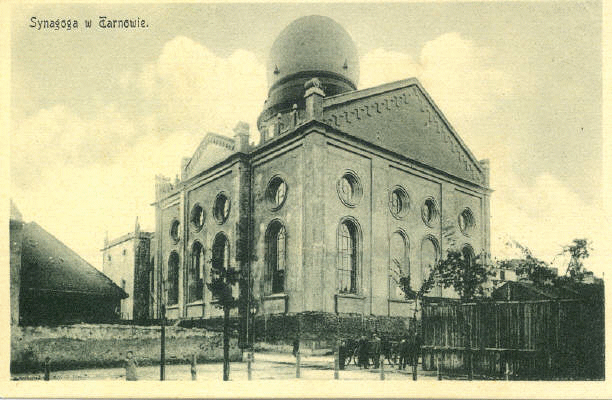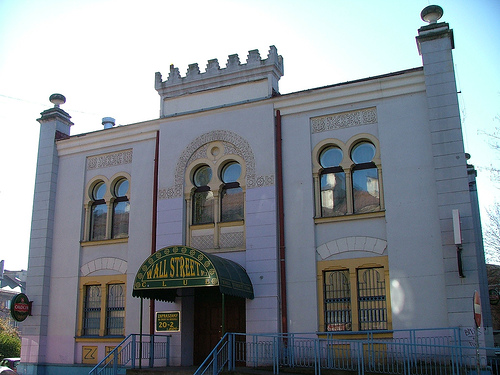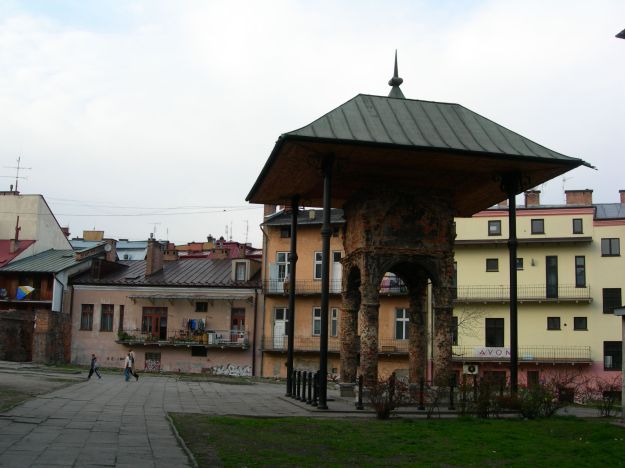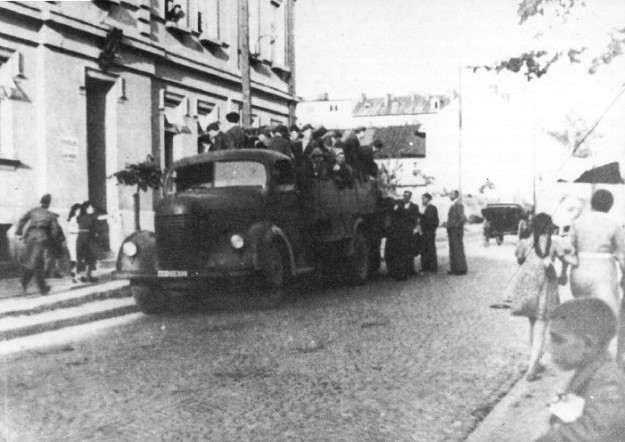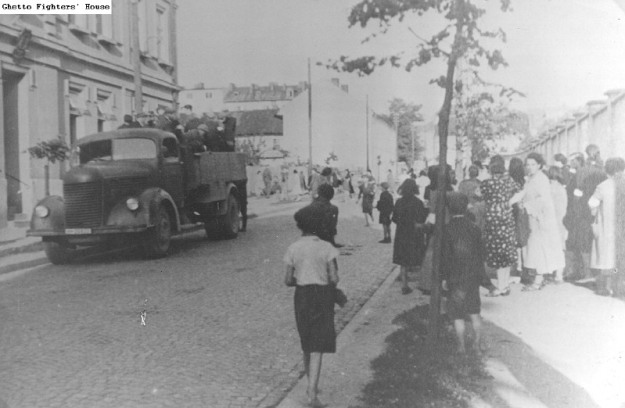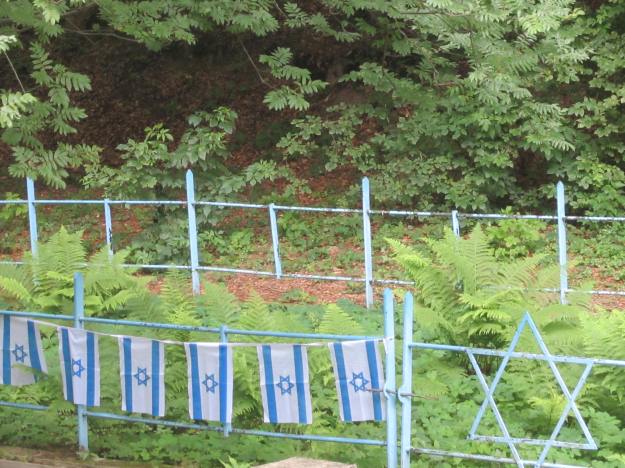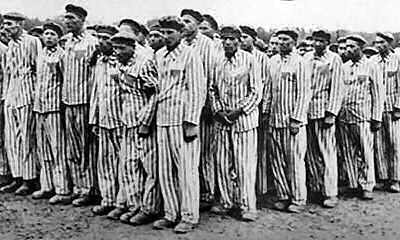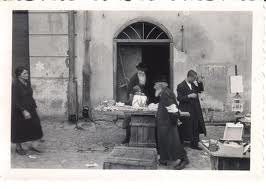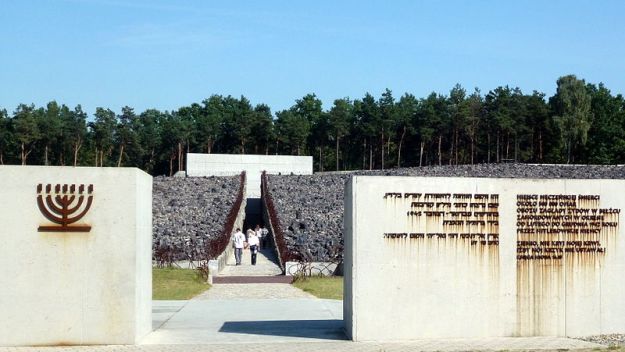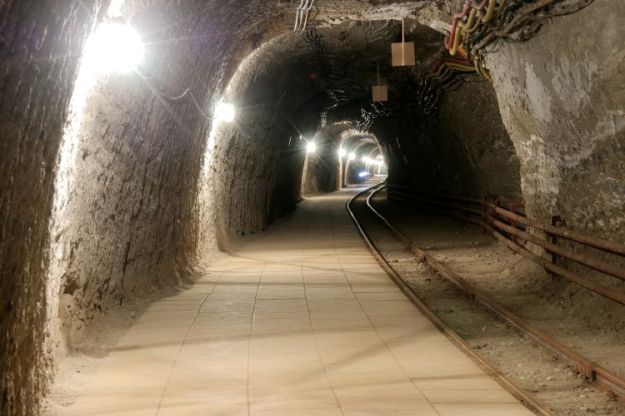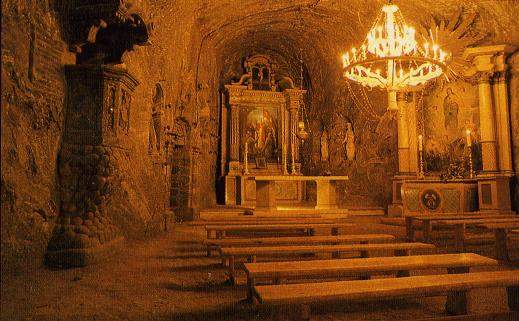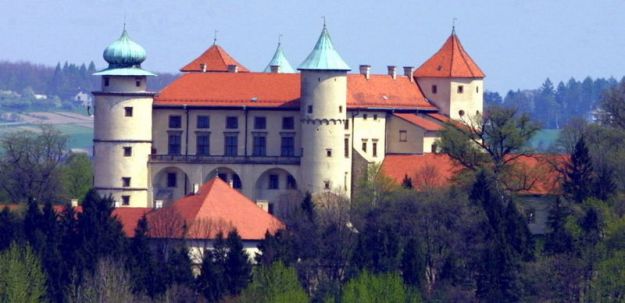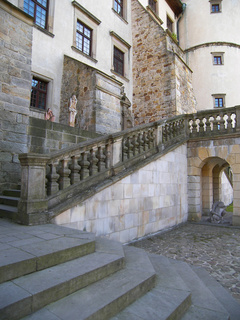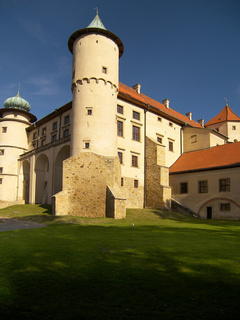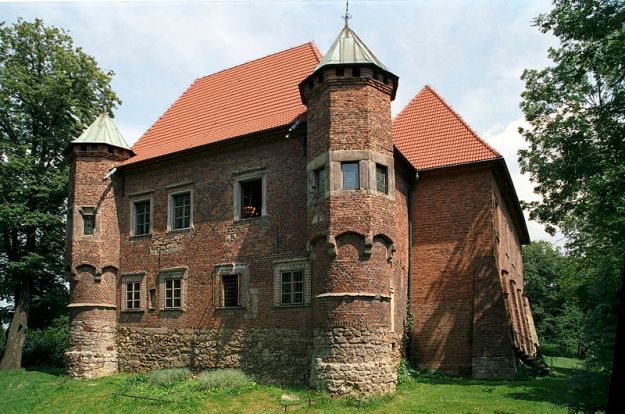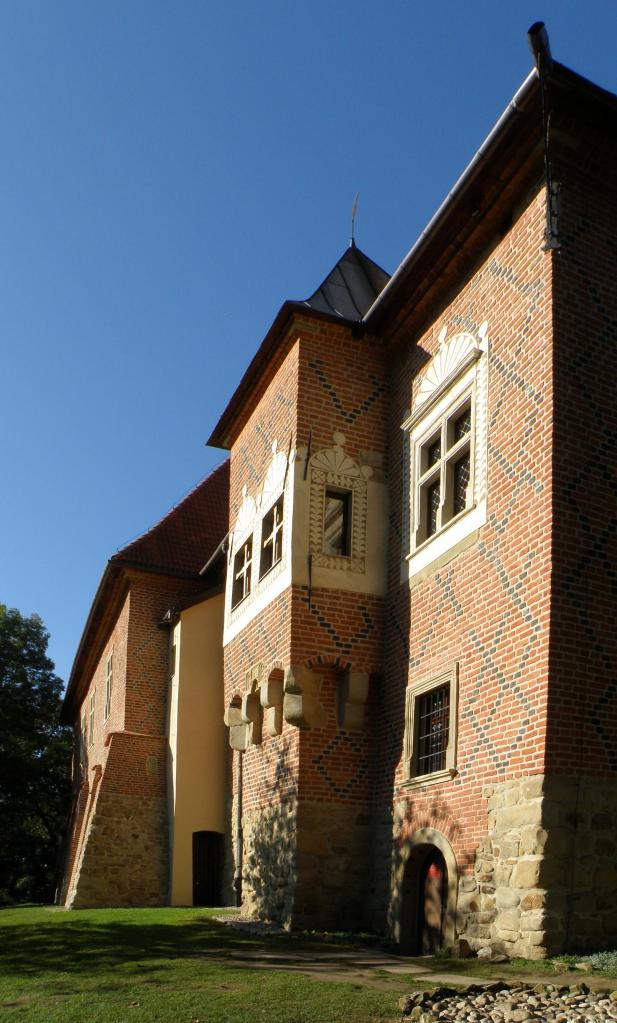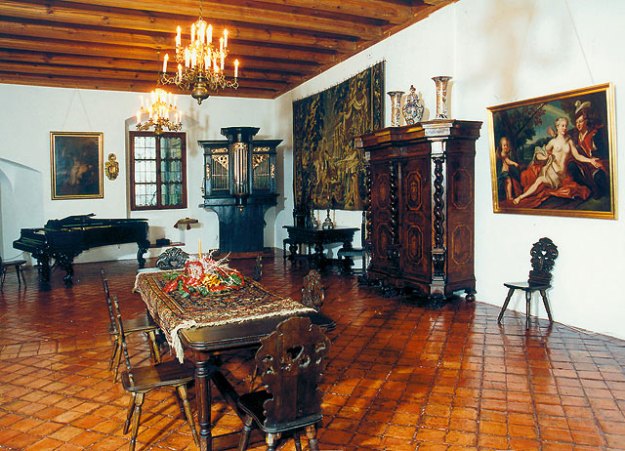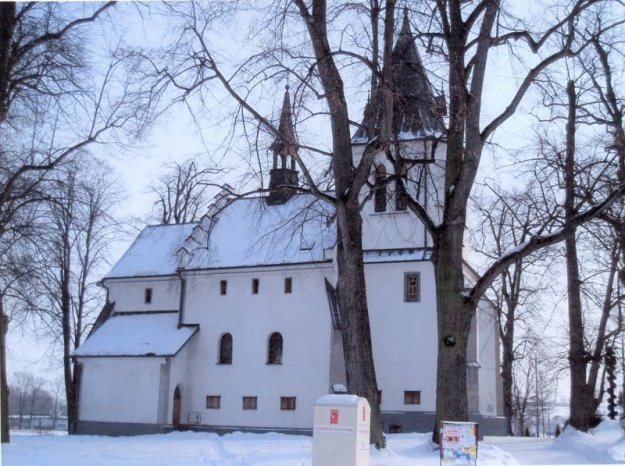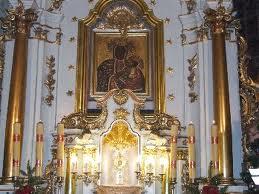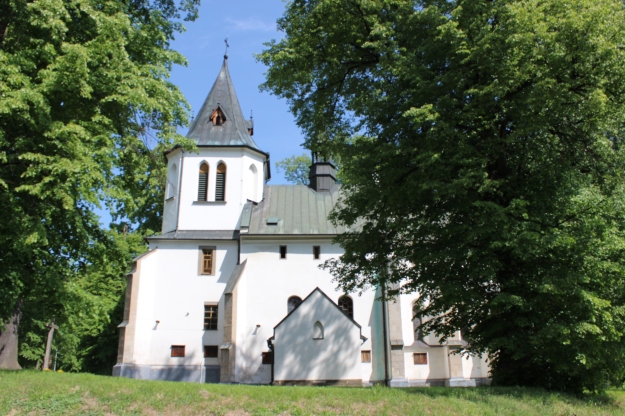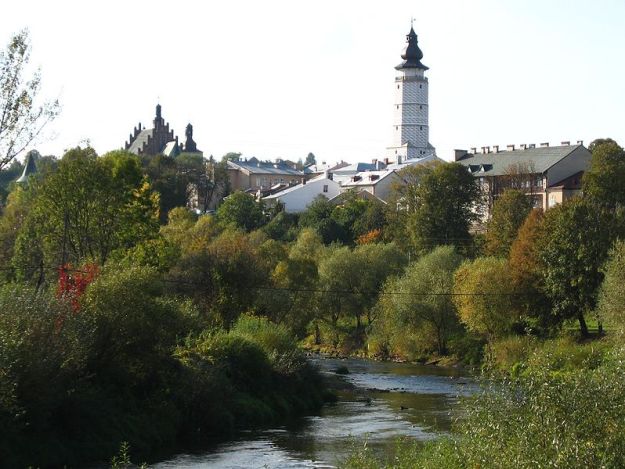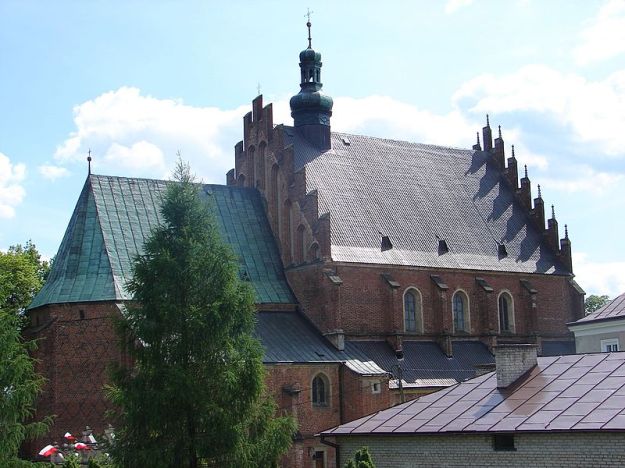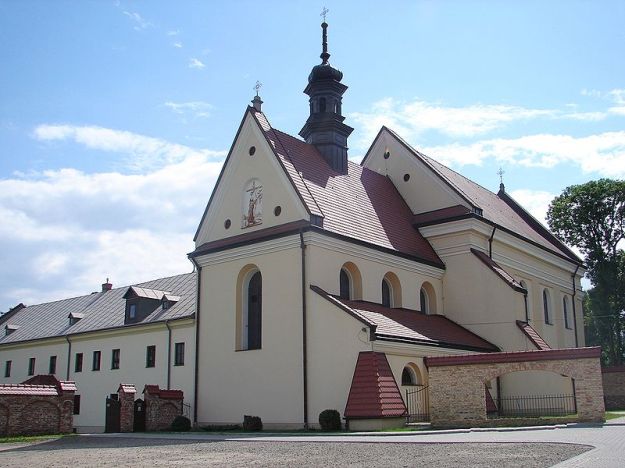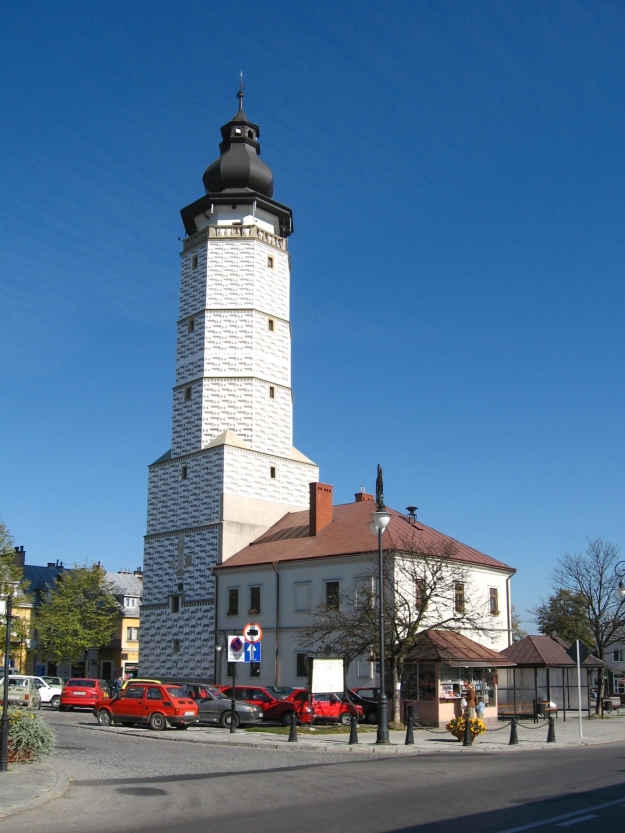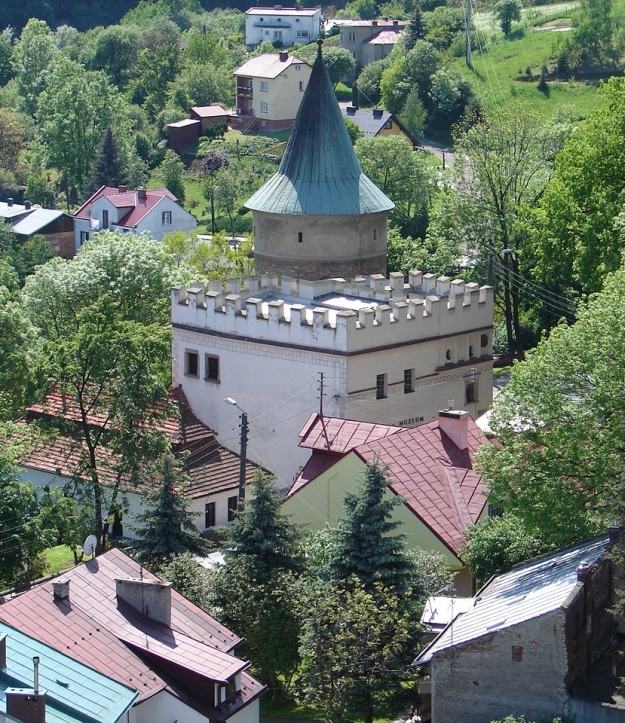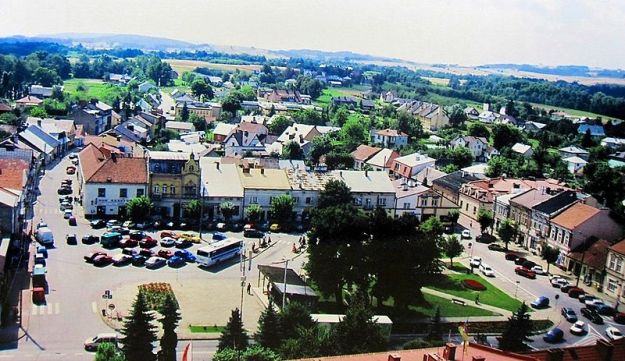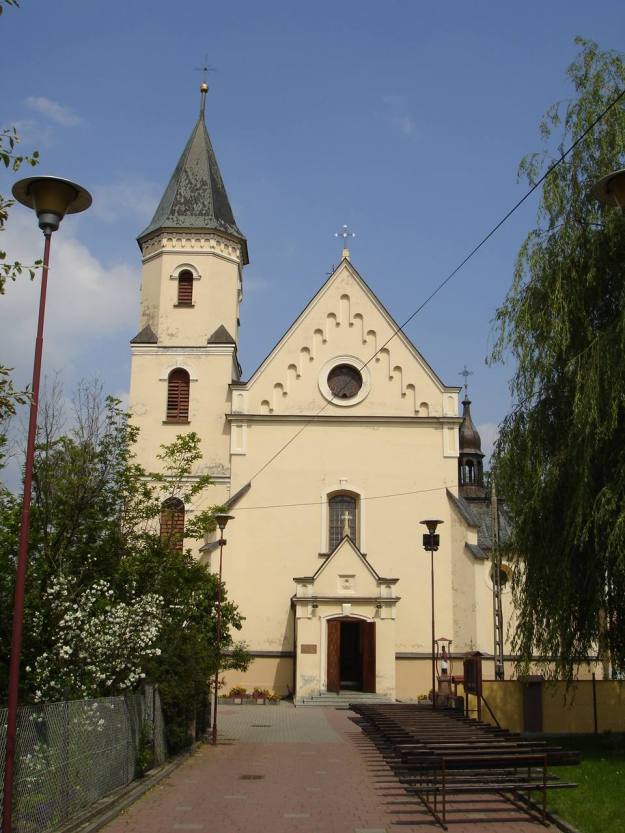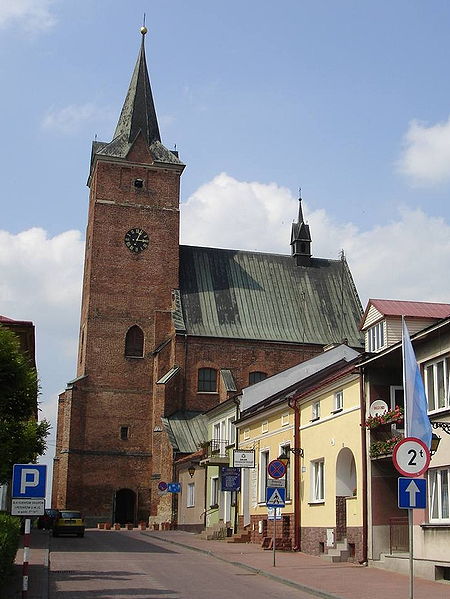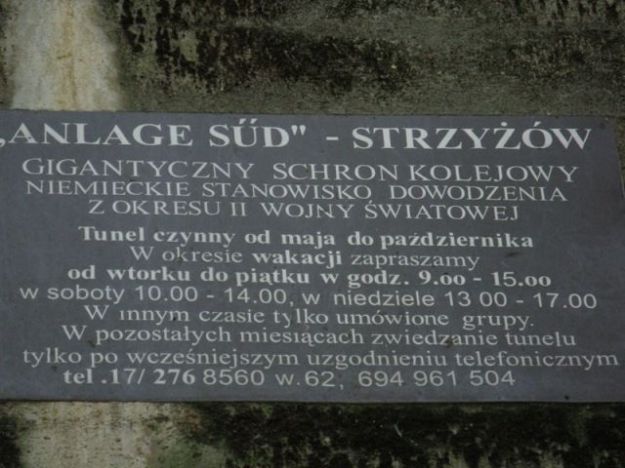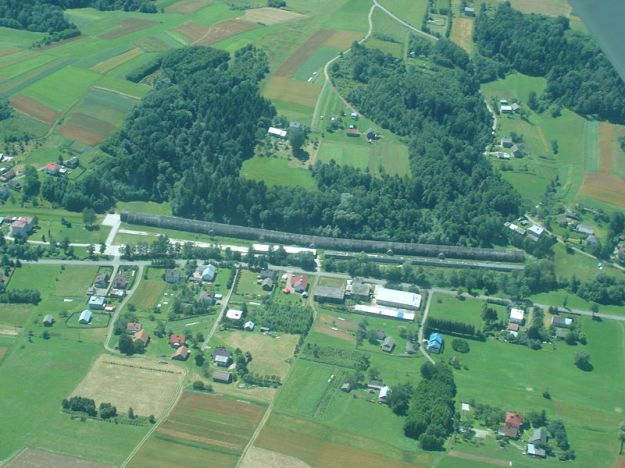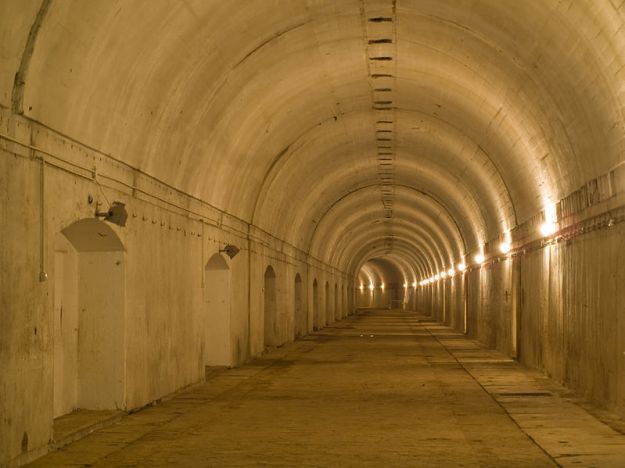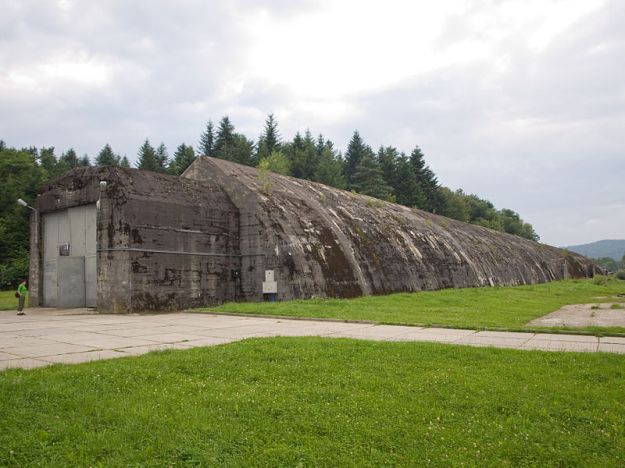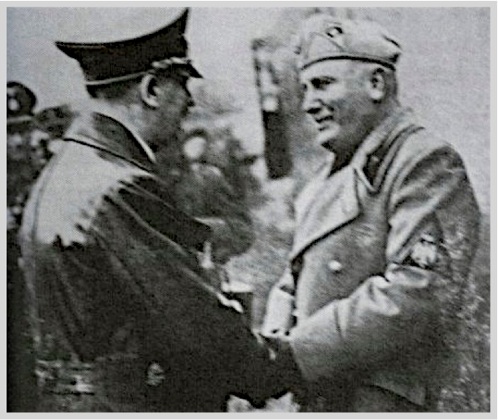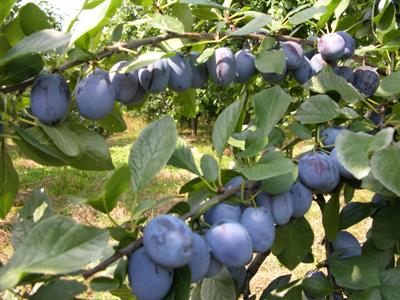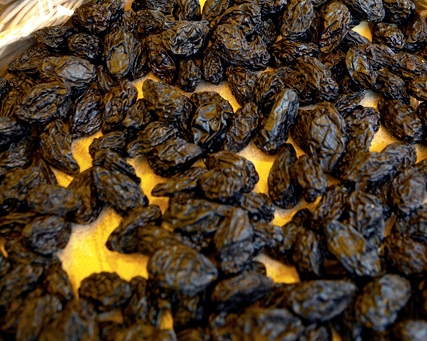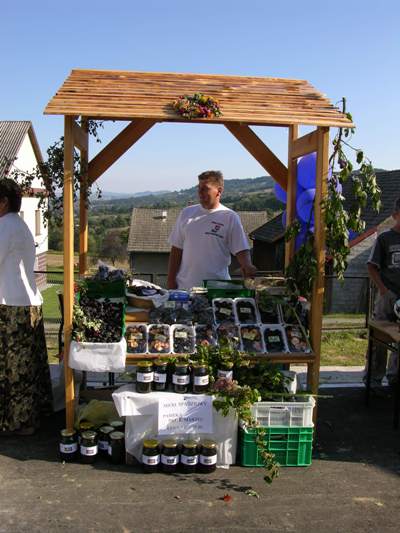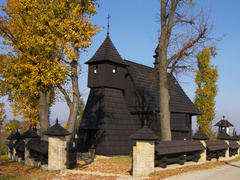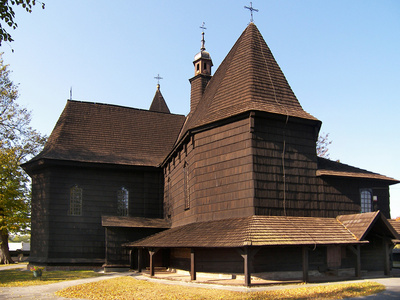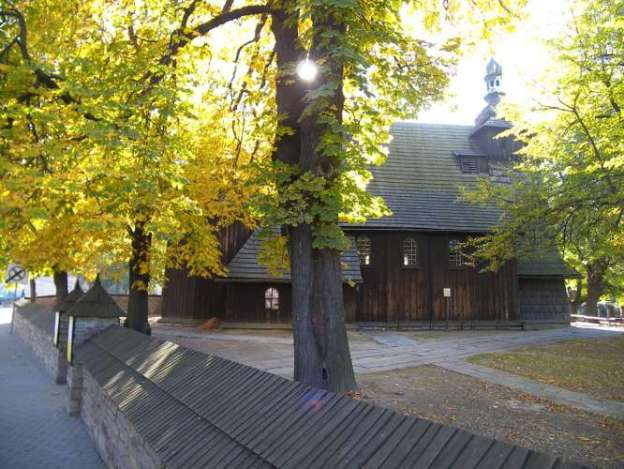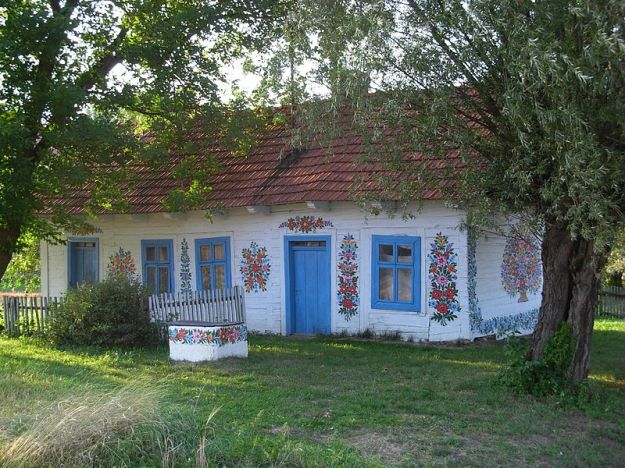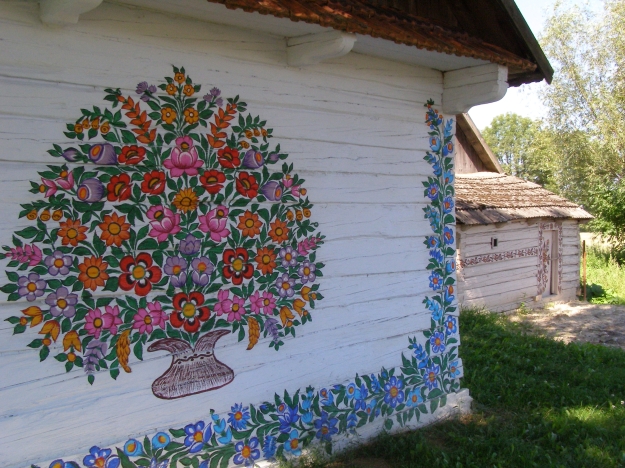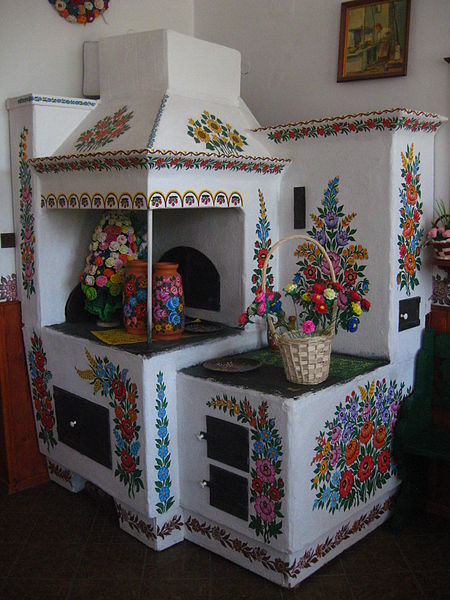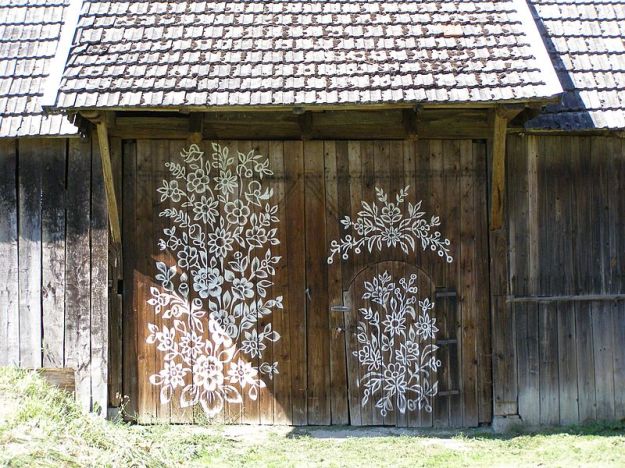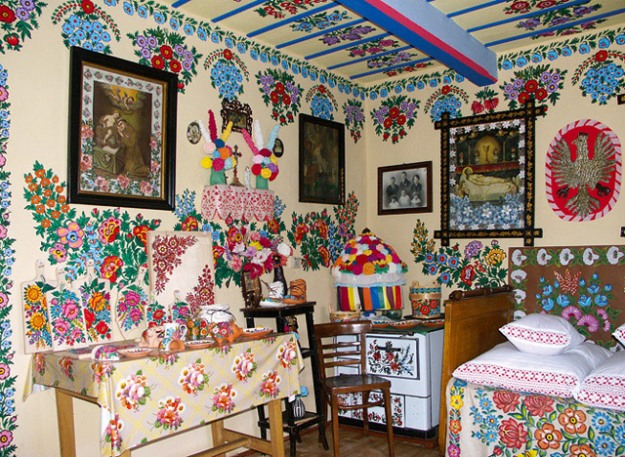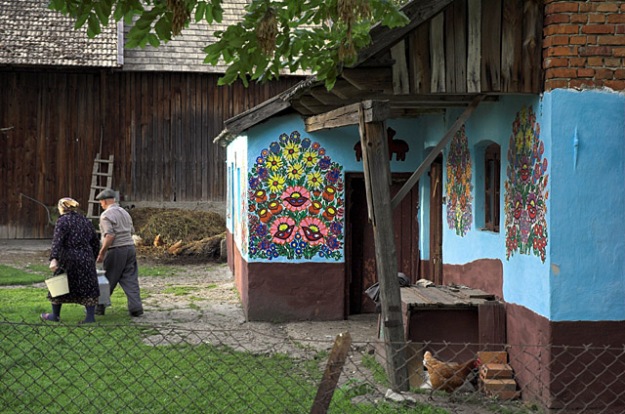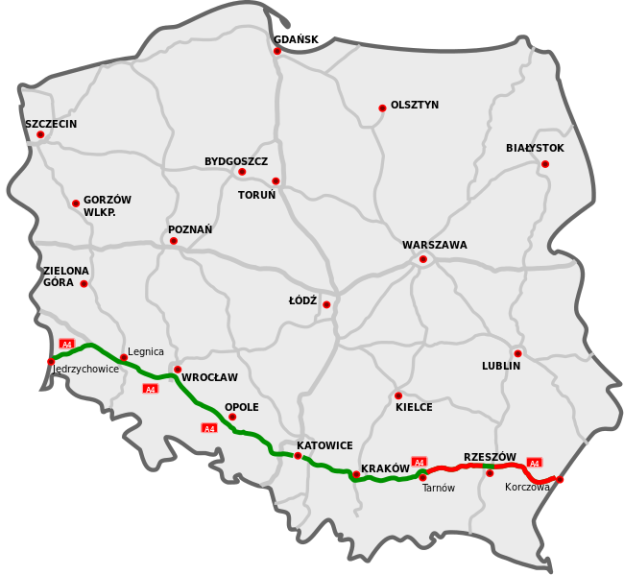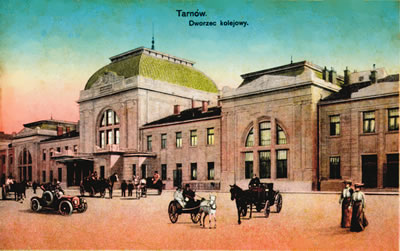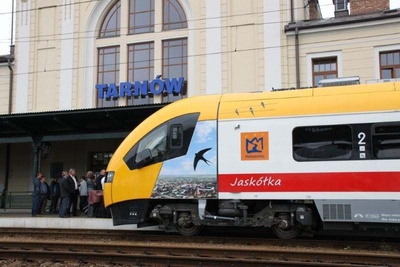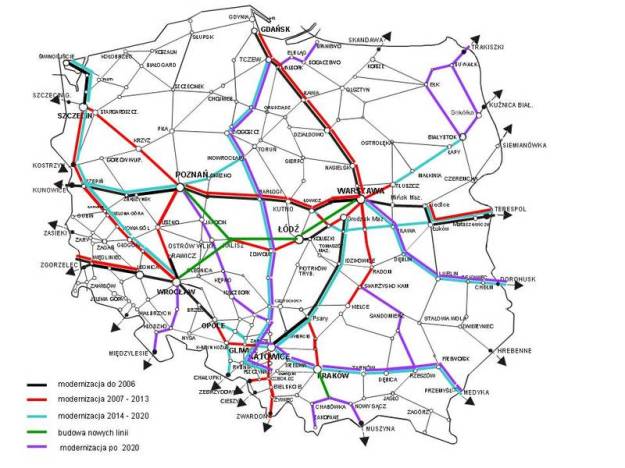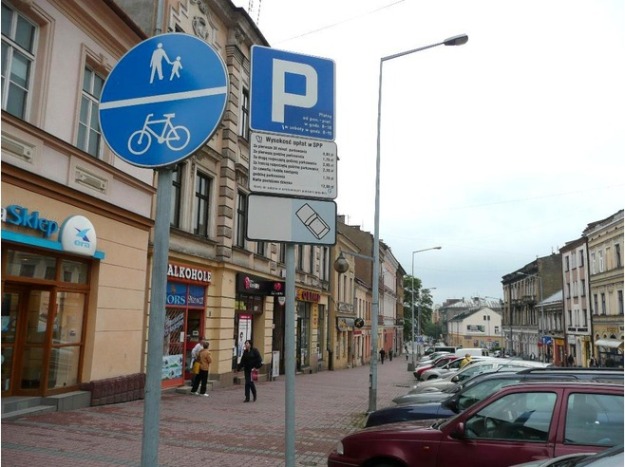About Tarnów
One of the twinned towns of Nowy Sącz is Tarnów. Tarnów lies about 80km from Nowy Sącz, over to the east of Małopolskie. It’s a bit older and bigger than our own dear town (C9 –C11 v 1292, 115K pop v 85K).
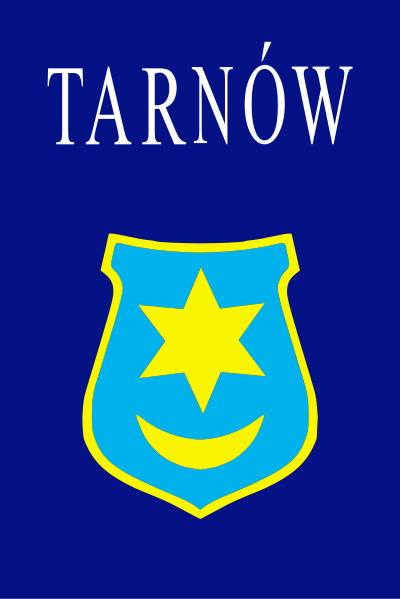 Tarnów is sometimes referred to as “little Kraków”, though elements of it remind us more of Renaissance Italy. It’s the second largest city in Malopolskie by size, though only about 10% of the population of Kraków, but it has a long history, a position close to two ancient trade routes and many of the same architectural and cultural elements without the crowds and high prices.
Tarnów is sometimes referred to as “little Kraków”, though elements of it remind us more of Renaissance Italy. It’s the second largest city in Malopolskie by size, though only about 10% of the population of Kraków, but it has a long history, a position close to two ancient trade routes and many of the same architectural and cultural elements without the crowds and high prices.
In the town you’ll find a market place (rynek) surrounded by medieval streets and tenement houses, some dating from the Renaissance …
…a C14 town hall, the Mikolajowski House (1524), the oldest tenement house in Tarnow …
Ratusz at Xmas
It’s about 10zl to climb the ratusz tower
… ruins of the Tarnowski family castle, remains of the old synagogue, remains of the 14th – 16th century defensive wall …
… two C16 fortified towers, elements of a Bernadine Abbey, Florecki House (late C16) …
… C18 and 19th century manor houses in the suburbs, the Jewish cemetery, founded in 1583, and the Old Cemetery (late 18th century), mansions …
… Sanguszko Palace at Gumniska, Tarnów Railway Station (1855), the City Park (1866) …
… the mausoleum of Józef Bem, Tarnów Cathedral (C14) and Holy Trinity Church (C16).
We’ve made the point elsewhere, but FYI from 1772 until 1918 Tarnów was not part of Poland. In the first partition, Tarnów was annexed by the Habsburg Empire and remained in Austrian Galicia until the end of WW1. 11 November is celebrated throughout Poland as Independence Day.
Arguably Tarnów’s main modern landmark is the famous watertower.
Józef Bem
Józef Zachariasz Bem was born in Tarnów on March 1794 and went on to become a Polish general, an Ottoman Pasha and a national hero of Poland and Hungary, fighting wherever he could for the future of Poland.
He died on 10 December 1850 in Aleppo, where he served as governor, under the Ottoman Empire.
Jewish people had lived in Tarnów since the middle of C15. By the outbreak of WW2, a significant proportion of the 25,000 Jews living in Tarnów (about half the town’s population) were engaged in tailoring and hat making.
The Mikveh (ritual bath) in the Moorish style dates from 1904 (now commercial)
German forces occupied the town on 8 September 1939 and the next day they burned down most of the synagogues and started drafting Jews into forced labour.
In the following months, the Jewish population was swollen by large numbers of people seeking refuge, though many Tarnów Jews fed east. A Judenrat (Jewish council) was established by the Germans to enforce a special tax and provide workers.
Throughout 1941, life got tougher. A large fine was imposed on the Jewish community and the people were required to hand over all their valuables. More people were rounded up for forced labour and killings became more frequent.
In June 1942 the first 13,500 Jews from Tarnów were deported to the Belzec extermination camp. That summer, thousands of Jews were tortured and killed in the rynek, the streets of town and in the Jewish cemetery. It’s estimated a further 7,000 Jews were shot in the woods of Zbylitowska Góra a few kilometres from Tarnów.
The Germans ordered the remaining Jews in Tarnów, along with thousands more from the surrounding area, into a ghetto surrounded by a high fence. Living conditions were porr and there was little food or sanitation, yet the forced labour went on. In September 1942 all ghetto residents were ordered to Targowica Square where they were split into those sent immediately to Belzec (8,000) and those to remain, to work. There were subsequently further deportations, including one of 2,500 people in November 1942.
Many Jews, especially young Zionists, left Tarnów during 1942 and joined a Jewish Resistance, fighting alongside other partisans in the forests or trying to help Jews escape to Hungary.
In September 1943 the Germans deported the remaining Jews from the Tarnów ghetto – 7,000 to Auschwitz and 3,000 to Plaszow. At the end of the year, Tarnów was declared Judenrein (free of Jews).
Around and about Tarnów
As well as the amazingly well-preserved town centre, there is a lot to see in the area surrounding Tarnów.
Here’s just some of the sites places worth a visit.
Roughly half way between Kraków and Tarnów, you’ll find Bochnia – site of the region’s second salt mine – and just a little to the south you’ll find Poland’s largest baroque fortified residence – the C14 castle in Nowy Wiśnicz. Comprising four two-storey wings built around an internal courtyard and with four unique towers, the castle is rich in architectural and artistic details – from marble and stone arches and fireplaces to polychrome and stucco wall decorations
Closer to Tarnów (and in fact on the same cross-country DK94 that runs south of the A4/E40 from Bochnia) is Dębno. Dębno Castle dates from 1470-1480 and was built by Chancellor of the Crown and Kasztelan of Kraków, Jakub Dębiński.
The Castle houses a branch of the Tarnów Regional Museum.
Another stop for a trip along the DK94 is Gnojnik, where you’ll find the C14 fortified church of sw. Marcina Biskupa.
50km to the south-east of Tarnów (via the DW977) is Biecz. The town was surrounded by ramparts and defensive barbicans during its golden age in the C14 to C16. It’s still worth a look!
Re-join the trucks on the A4/E40, heading east for 24km and you’ll hit Pilzno. Here, you’ve got a town from at least 1105 and has seen attacks or occupations by, amongst others, Tartars, Transylvanians, Cossacks, Austrians and Russians!
You’ll find a nice C15 Carmelite monastery as well as the local parish church, John the Baptist, which traces its history back to 1256. It was remodelled in 1370 and in 1482, after the Hungarian invasion of 1474.
Just over the boundary into Podkarpackie, 55km down the A4/E40 then DK73 are Stępina and Cieszyna. Between the two villages you’ll find Hitler’s Bunker, aka Anlage Süd.
Built in 1940/41 by slave labour, this system of rail bunkers covers an area of 0,5 km² and comprises an aboveground rail-tunnel bunker – a unique example of defensive architecture of this kind in Europe, on which trees were planted as camouflage; inside in a special hollow there was a railway track with platforms on both sides under which some different-sized compartments are located. Access to those compartments was from the platforms; an aboveground bunker – engine room, for power and filtering devices (connected with the rail bunker by three underground passages) and 5 battle bunkers – 2 guard houses (one later transformed into a loop-hole bunker) and 3 other with machine-gun stands.
In the complex from 27th to 28th August 1941 a meeting between Adolf Hitler and Benito Mussolini concerning military aggression against USSR took place. The bunker was large enough to hid Hitler’s special train called „Amerika”. It is believed that Hitler returned to Stępina Cieszyna on October 1941. Himmler, Keitel and Rommel together with other Wehrmacht’s generals and marshals also visited the bunker.
Head south from Bochnia, or about 60km cross-country from Tarnów and you’ll be in the land of the prune. Yup – prunes.
The area around Iwkowa and Dobrociesz is famous for plum-based products – prunes, wódka, prune filings and sauces – as well as for smoked and meat dishes.+
Of course, there are more wooden churches hereabouts.
Finally, just 35km north of Tarnów on the DW973 is the village of Zalipie.
Standing where the Dunajec (remember the river rafting?) and the Vistula meet, this region is famous for its tradition of painting houses. Beginning at the end of C19, when old-fashioned furnaces were replaced with new furnaces with chimneys, women and girls tried to brighten the blackened walls of their homes by decorating the walls with brightly colored spots made of lime. Later these round spots were shaped into simple flowers and finally they evolved into the detailed flower bouquets still visible today.
Getting there
Tarnów is about 75km from the 1904 loghouse – about, say, 1h 20m in the car. You remember coming through the village, passing the graveyard and the fuel station, then turning right just over the bridge? Well, if you’d kept straight on you’d be heading for Tarnów. So, if you’d like to visit from the house, head back towards the village then, instead of turning left at the road end (bridge), turn right.
Krakow to Tarnów is a little farther – just over 80km – and the drive … well, you remember we told you the E40/A4 motorway below Kraków is OK for a bit, then “under construction”? Well, you need to use the “under construction” bit to get to Tarnów by car or coach!
You can get to Tarnów by rail from Krakow or Nowy Sącz.
Trains from Kraków leave from Kraków Główny roughly every half hour – an express train will take about an house, while slower trains will take 1h 25m+.
From Nowy Sącz you’re looking at about 2h. Like the Luxtorpeda, the train from Kraków to Krynica-Zrdroj still goes via Tarnów and Nowy Sącz.
Use this link to check current train times. http://rozklad-pkp.pl/bin/query.exe/en?
The Polish rail network – modernised, modernising and to be modernised. We’re down at the bottom, Tarnów is straight up and Kraków is over to the left.
Limited Parking Zone
The centre of Tarnów is a “limited parking zone”, therefore parking is only allowed in designated areas. Limited Parking Zone covers the area shaped by the following streets:
Narutowicza – Konarskiego – Dąbrowskiego – Kołłątaja – Starodąbrowska – Słoneczna – Sitki – Słowackiego – Nowy Świat – Solidarności – Szujskiego – Szkotnik – Mościckiego – Pułaskiego – Krakowska (“street” in Polish is ulica, so street signs usually refer to, eg, ul. Narutowicza).
Tickets are valid for a given time (half an hour, one hour… up to one day). Nights (from 18:00 until 08:00) and Sundays (18:00 Saturday to 08:00 Monday) are free – no tickets are needed.
Parking tickets are available in most of the stores and kiosks around the city (marked with “P” sign).
Finally, You remember the o with a little hat and the w in Kraków? Tarnów is “tar-noof”.

